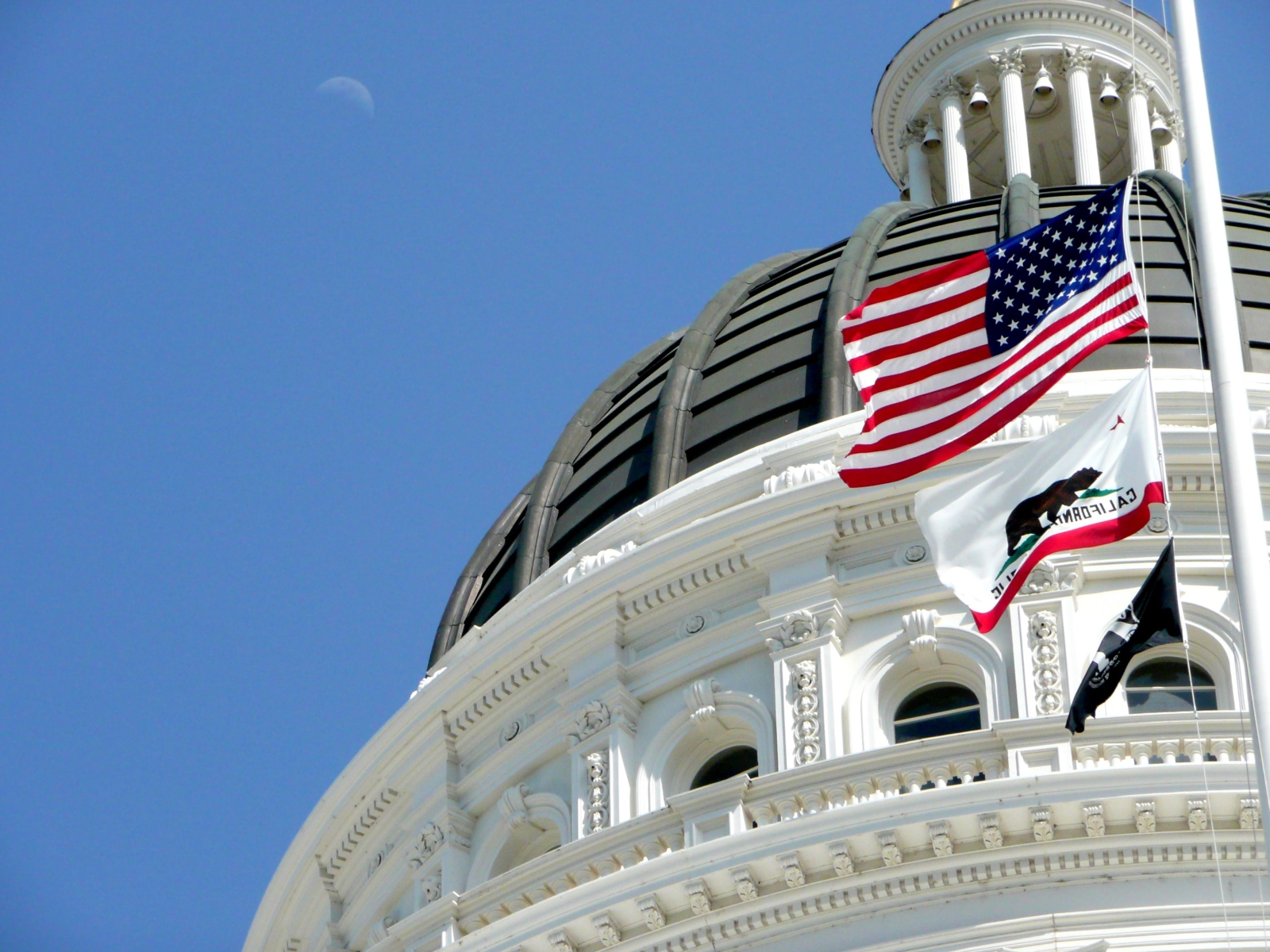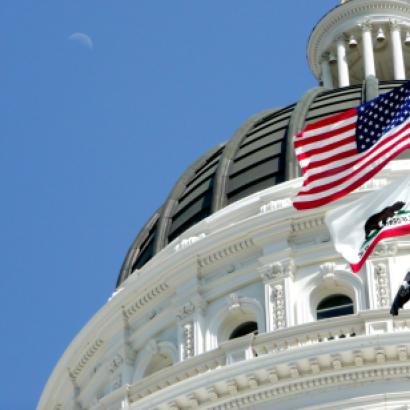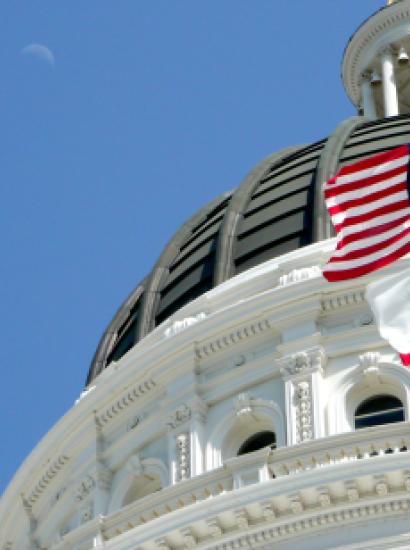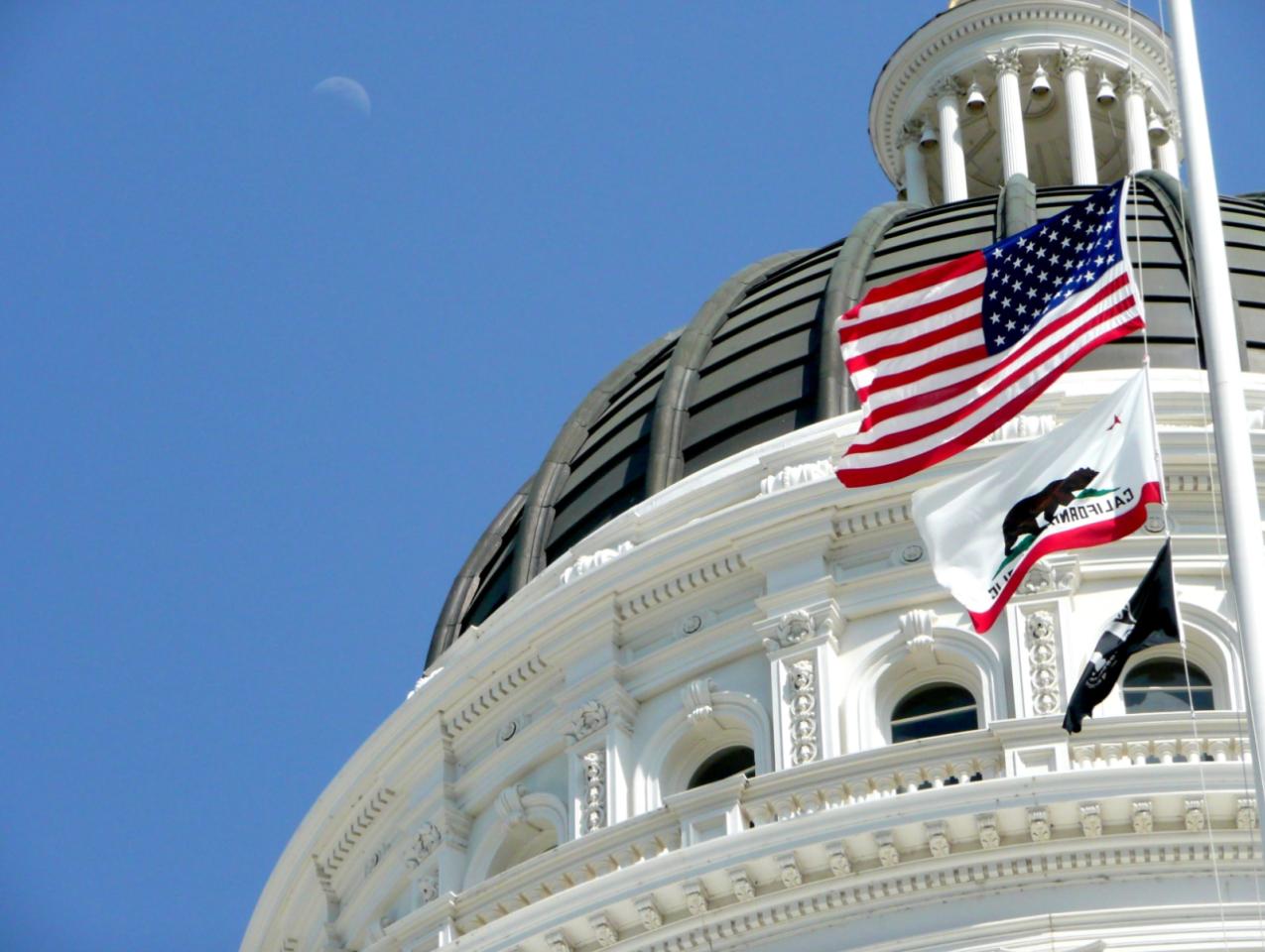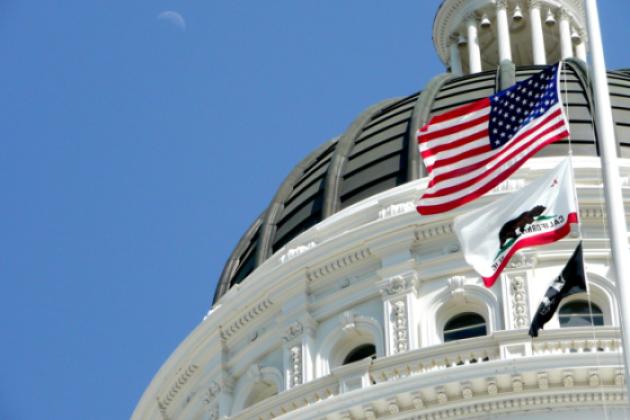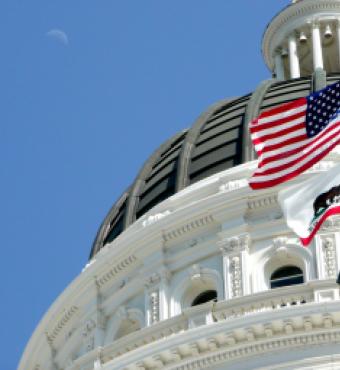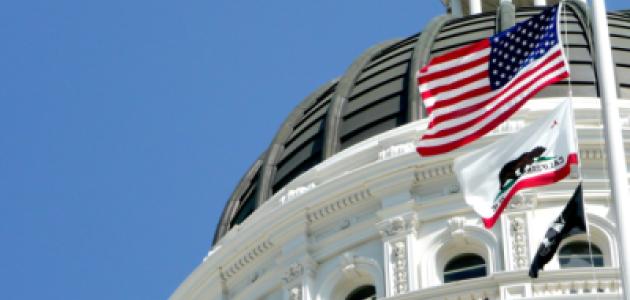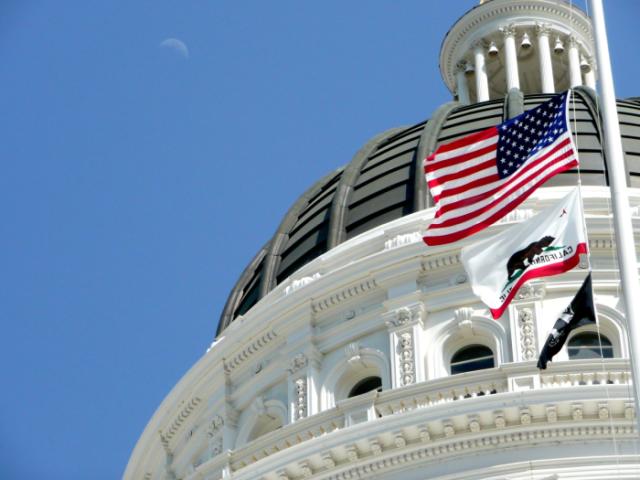- Politics, Institutions, and Public Opinion
- Understanding Public Opinion
Move past the obvious California beneficiaries of the Democratic Party’s swapping out of presidential nominees (they would include native daughter Kamala Harris, plus a bevy of state lawmakers and high-end donors who smell appointments in a Harris administration), and a big winner just might be: Mike Levin.
I’ll spare you the trouble of a Google search . . .
Mr. Levin represents California’s 49th Congressional District, which hugs the Golden State’s coastline spanning from North County San Diego to South Orange County—a job he’s held since his first congressional win in 2018.
But Levin is no run-of-the-mill Democrat, not when it comes to party loyalty.
A month ago, the third-term congressman released this statement openly expressing his doubts about America’s lead Democrat: “Like so many of you, I was naturally concerned about President Biden’s performance in the recent debate,” Levin wrote. “Since then, I’ve made my opinions known in the appropriate manner with House Democratic leadership and my colleagues. And I called upon all Americans to give the President a window to make an expeditious decision about his candidacy.”
Lest one assume that Levin was giving Biden a reprieve, his statement ended thus: “We must prevail against the incalculable threat Donald Trump poses to the American institutions of freedom and democracy. . . . Once again, our national mettle must be forged in the crucible of history. It is time to move forward. With a new leader. Together.”
Nine days later, Biden did exactly what Levin suggested—change his mind about seeking re-election.
Here’s what stands out about Levin’s very public break with a president he otherwise supports.
First, it’s not that his seat was in imminent danger. Levin won his last race by five points; the handicapping Cook Political Report lists California’s 49th Congressional District as “likely Democrat.”
That’s in contrast to New Mexico congressman Gabe Vasquez, who followed Levin’s lead a week after the California Democrat issued his statement by issuing this social media post likewise calling for Biden to step aside. Vasquez, unlike Levin, is a vulnerable House freshman who won his previous race by a mere 1,350 votes (a difference of 0.7%).
Second, it’s not as if the California congressman is a policy outlier within his own party. Indeed, Levin’s campaign biography reads true-blue progressive (“Mike . . . a leader on climate action and clean energy . . . introduced legislation to transition the nation to zero-emission vehicles, expand renewable energy development, and prevent future offshore oil drilling”).
The same can’t be said of, say, West Virginia senator Joe Manchin, who’s clashed with the Biden administration on fossil fuels and called for Biden to “pass the torch to a new generation” just hours before the president did so.
So what was motivating Levin, if his own seat wasn’t in peril and he didn’t have a policy beef with the current Democratic regime?
In a word: numbers.
One such number: six. That’s the number of California House seats that the aforementioned Cook Political Report lists as either “toss-ups” (there are four) or leaning in one party’s favor (only two). All four “toss-ups” seats just happen to be occupied by Republicans, making them among the nation’s most vulnerable GOP seats should the Harris-Walz ticket enjoy a strong turnout in the Golden State (in 2022, Democrats failed to flip four California House districts that had voted Republican congressionally and Democratic presidentially in 2020).
Which leads us to a second number: 80.7. That’s the percentage of registered California voters who cast a ballot in 2020, versus 75.3% in 2016 and 72.3% in 2012. Put another way: nearly 17.8 million Californians voted in the last presidential election, compared with 14.6 million in 2016 and 13.2 million in 2012. Can Harris-Walz improve on that turnout?
Which takes us to a third number: 11.1 million. That’s the number of California votes Biden received in the last presidential election (with Donald Trump receiving only 6 million votes). For California’s Democratic machine, this is a remarkable performance, considering Hillary Clinton received 8.75 million votes in 2016 (with Trump receiving a shade under 4.5 million), and Barack Obama received 7.86 million votes in 2012 (to Mitt Romney’s 4.8 million). Can Harris surpass Biden’s total considering: (a) as in the two previous presidential election years, Trump once again is a foil; and (b) she’s the first Californian in 40 years to be a presidential nominee?
Finally, one more number: 834,000. That’s what passes for an “enthusiasm gap” in California in that it represents the gulf between Biden and Trump when it came to improving upon the previous statewide results. Biden received 2.356 million more votes than Clinton, while Trump improved upon his own 2016 performance by just 1.522 million votes—a difference of 834,000 ballots. The question for 2024: Does Harris widen the gap? That is, if she improves Biden’s numbers, can Trump keep up?
So now that I’ve served up some California election data, here’s why such mathematics matters in 2024.
First, there’s the matter of how California’s four “toss-up” congressional races divide. With Republicans currently holding 220 seats to the Democrats’ 212 (in a full House, the balance is 221–214, if you assign the three currently vacant districts to the parties that previously controlled them), California alone could change the balance of power in the lower chamber of Congress if the Democrats sweep those four contested races.
Second, there’s the question of the statewide turnout’s effect on California’s proposition contests. One race in particular stands out: Proposition 36 and the surrounding conversation over crime and punishment.
If approved by voters, Proposition 36 would alter the decade-old Proposition 47 by changing the punishment for theft and drug crimes. At present, theft of items worth less than $950 is treated as a misdemeanor; Proposition 36 would elevate such crimes to felonies if the accused has two or more past theft convictions (shoplifting, burglary, carjacking). The measure also lengthens sentences for drug-dealing (fentanyl, heroin, cocaine, methamphetamines).
Why put Proposition 36 in the spotlight? In part, because the topic divides California Democrats. State Senator Melissa Hurtado, who hails from a right-leaning Central Valley district and won her 2022 race by only 13 votes, has come out in support of Proposition 36. On the other hand, Governor Gavin Newsom has vowed to campaign against the initiative in the aftermath of Sacramento lawmakers’ failing to negotiate the reform measure off the ballot and replace it with a less punitive measure.
If indeed Newsom trains his sights on Proposition 36 (he’s also told donors that he plans to stay busy as a party surrogate in contests well beyond California’s borders), it adds one more wrinkle to California’s November equation: Do Golden State Democrats want the governor to be the public face of initiative campaigns?
Earlier this year, Newsom did precisely that, making himself the lead spokesman for this spring’s Proposition 1, a $6.38 billion bond addressing homelessness and mental health services. Despite outspending its rival campaign by more 13,000 to 1, with Newsom front and center in an aggressive media campaign, Prop 1 won by a razor-thin 0.36% (a 26,240-vote margin of victory, out of nearly 7.25 million Californians casting a ballot).
But that’s not Newsom’s only stumble when it comes to ballot measure efforts. In March 2020, California’s governor made himself the public face of Proposition 13, a $15 billion school construction bond and the largest education bond in state history. Despite Newsom’s starring in television buys; the measure lost by more than 550,000 votes (in fairness to the governor, there was the question of whether some voters confused 2020’s Proposition 13 with 1978’s fabled tax-limitation ballot measure of the same numerical designation).
Come October and November, perhaps Newsom chooses a different ballot upon which to make his mark. Instead of risking a bad outcome on Proposition 36, he perhaps instead puts his voice (and political muscle) behind Proposition 4, a $10 billion bond addressing “natural resources and climate activities” (those include water projects, coastal resilience, and heat mitigation). And there’s Proposition 2, a $10 billion bond for public school and community college facilities.
In all, that’s a pair of 11-figure bonds being put before a California electorate that, as at least one poll suggests, is averse to putting the Golden State deeper in debt.
Such is the challenge for California Democrats this fall: generating an enthusiasm gap that could unseat House Republicans, while at the same time convincing an otherwise progressive electorate to curb its enthusiasm for fiscal restraint.







